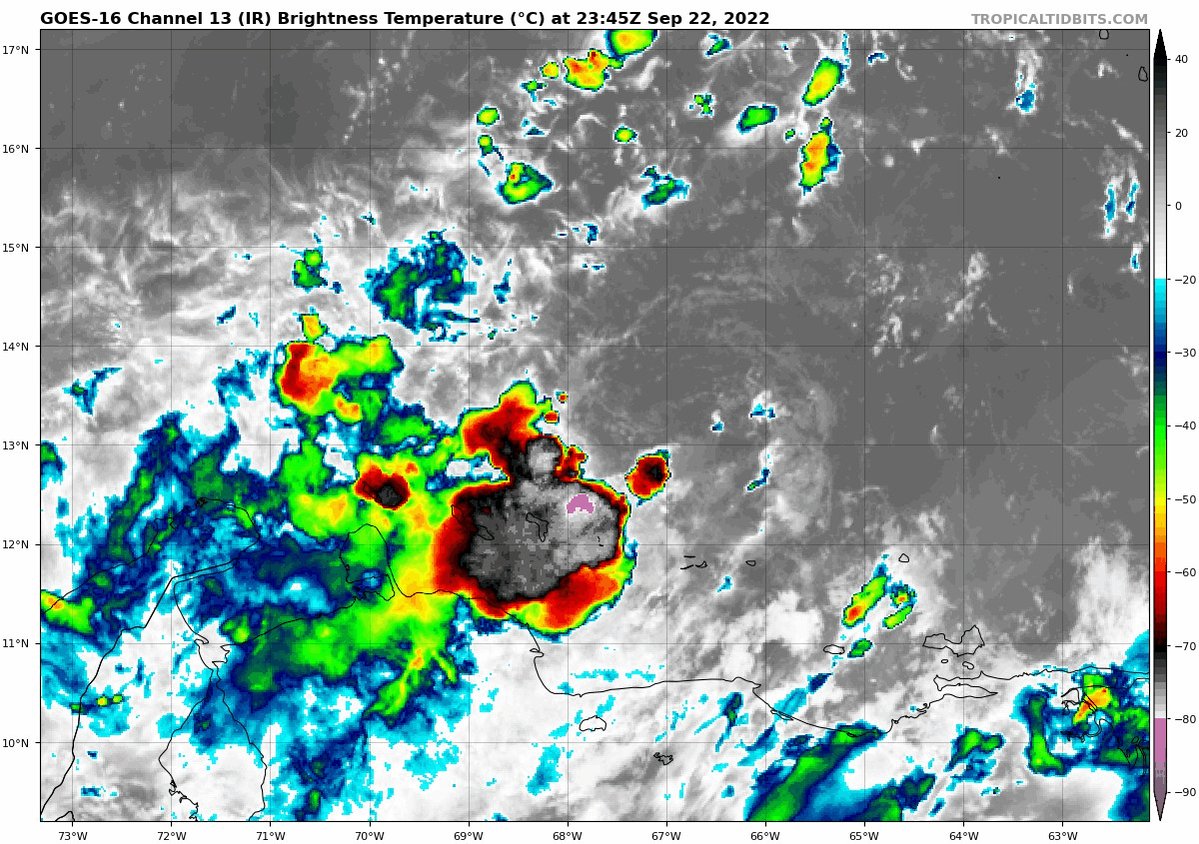

Warnings are typically issued within 36 hours before landfall. But by this point, Mullens said, you should be wrapping up your preparations. Watches are typically issued within 48 hours before landfall. Once you’re about four or five days out, you want to start preparing your home.” Right now, it’s time to go through the checklist of responsibilities. “With this current storm, we are looking at landfall in the next seven or eight days. Water temperature, wind shear and other factors can make a big difference in how the storm develops.

That includes small details pertaining to the storm, but also, the environment its track takes it through. Mullens said there is so much variation between the models because they need to get very small details correct. That helps us see better where a storm may go,” Assistant Professor of Meteorology at the University of Florida Stephen Mullens said. “With ensemble models, you can have upwards of 90 forecasts. This is why meteorologists constantly analyze updated models to better understand how the storm is evolving and how it may impact land. So, making a determination about a storm’s path too far out from a storm’s potential landfall may do more harm than good. George said that this is especially true when the models are in their formative stages, like when before a storm is officially named.

“More than likely, the next run is going to change,” Jeff George, director of the Florida Public Radio Emergency Network said. Together, along with some specific models for tropical systems, these models create different “runs” of the data which are visualized in the spaghetti plot. The GEFS generates 21 ensemble models, while the ECMWF generates 51. They are the GEFS, from the United States, and the ECMWF, or the “Euro” model. There are two main ensemble weather models used to forecast tropical systems. Generally, they are used by meteorologists to give a geographical range to the public They are a simple way of communicating where a storm may travel given the data available at the time. A spaghetti model does not forecast a storm’s strength or potential impact. It shows the different paths a storm may take, but neither is it a crystal ball. Spaghetti models are a combination of different model ensembles. While these graphics have gained traction with the public in recent years, meteorologists urge caution in placing too much faith in the possible tracks these models present. No doubt you have by now seen a bevy of graphics and conversation on social media featuring brightly colored spaghetti models, or spaghetti plots, scattered all around the Gulf and the Florida peninsula. With a tropical system brewing in the Caribbean, it may become the first storm of the season to reach the Gulf of Mexico.


 0 kommentar(er)
0 kommentar(er)
